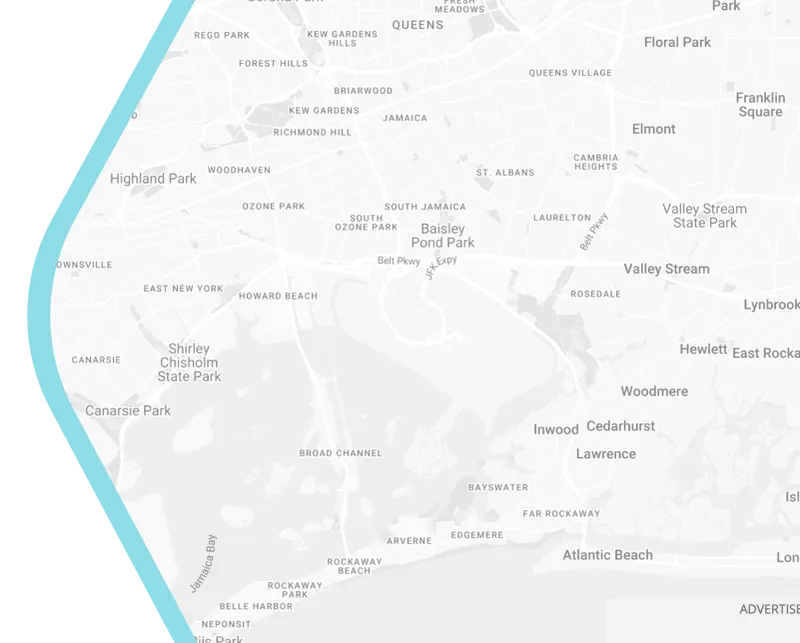
Designing Urban Air Mobility Vertiports for Future City Skies
The whir of drone propellers replaces car horns as dusk settles over Melbourne’s Docklands. A sleek electric vertical takeoff and landing (eVTOL) craft descends onto a glowing platform atop a waterfront tower—part transit hub, part architectural statement. This is the vertiport: not just a landing pad, but the beating heart of tomorrow’s three-dimensional cities. As urban air mobility shifts from prototype to policy, these structures emerge as the linchpins connecting our grounded present to an elevated future.
The Silent Revolution Above Our Streets
Urban air mobility isn’t merely about replacing traffic jams with flight paths. It’s a fundamental reimagining of how cities breathe, move, and grow. By 2040, the global urban air mobility market is projected to reach $1.5 trillion, with vertiports serving as the critical nodes in this airborne network. Unlike helipads of the past, modern vertiports integrate charging systems, weather resilience, and AI traffic control—transforming rooftops, parking structures, and riverfronts into multimodal transit ecosystems.
Vertiport Design Where Form Meets Function
Architects face a unique challenge: how to blend futuristic utility with urban harmony. Singapore’s Skyports prototype offers clues—its modular design features solar canopies doubling as rain shelters, while living walls dampen sound pollution. But true innovation lies beneath the surface. London’s proposed Thames Vertiport embeds inductive charging coils in its deck, allowing drones to power up without plugs. Meanwhile, Tokyo’s compact "verti-pods" slot between skyscrapers like high-tech treehouses, proving space constraints breed ingenuity.
The magic happens when these structures serve dual purposes. Imagine vertiports that become community gardens by day, emergency response centers during crises, or pop-up markets—all while managing air traffic autonomously.
Weaving Vertiports into the Urban Fabric
Integration demands more than engineering—it requires urban psychology. Planners must answer visceral questions: Will these structures overshadow parks? How loud is "acceptable whine"? Barcelona’s solution was embedding vertiports within transit deserts, turning underused industrial zones into mobility hubs. Their L’Hospitalet site connects subway, scooter docks, and air taxis, reducing neighborhood resistance by solving existing transit gaps.
Real estate developers now see vertiports as value multipliers. New York’s Hudson Yards project boosted property valuations 12% by incorporating drone infrastructure early. The lesson? Vertiports succeed when they’re not just tolerated but desired—architectural landmarks that signal a neighborhood’s leap into the future.
Navigating the Regulatory Turbulence
No blueprint survives contact with bureaucracy. Australia’s Civil Aviation Safety Authority (CASA) currently limits vertiports to 25 operations/hour—a ceiling that could choke adoption. Yet pioneers like Brisbane are rewriting rules through "sandbox testing." At their Willawong testbed, engineers simulate noise footprints using directional acoustic dampeners, while AI predicts bird strike risks before construction begins.
The greatest hurdle remains public trust. When São Paulo residents protested vertiport placements, officials responded with transparent noise maps and emergency drill demonstrations. As Melbourne’s aviation director notes, "We earn airspace one community meeting at a time."
Tomorrow’s Skyline Already Taking Shape
Seoul’s "Sky Hub One" offers a glimpse of maturity. Opened in 2023, it processes 120 flights daily between its medical delivery drones and passenger eVTOLs. Its genius lies in invisibility—most operations occur underground via elevators that swap batteries and parcels, leaving the rooftop serene. Nearby, digital billboards display flight paths in real-time, demystifying the dance above.
Such projects reveal vertiports as more than infrastructure: they’re social contracts. When designed with equity, they bridge transit deserts. When powered renewably, they slash emissions. And when beautiful, they remind us that progress need not sacrifice grace.
The Horizon Ahead
The true test comes when vertiports fade into urban banality—when children point not at drones overhead, but at the rare gasoline car below. That normalization demands patience. Early adopters will endure setbacks: weather delays, regulatory zigzags, and the inevitable learning curves. But the payoff emerges in reclaimed commute hours, reduced road deaths, and cities that breathe easier.
As we blueprint this airborne layer, we’re not just designing landing pads. We’re sculpting the syntax of future skylines—where architecture, mobility, and community converge mid-air.
